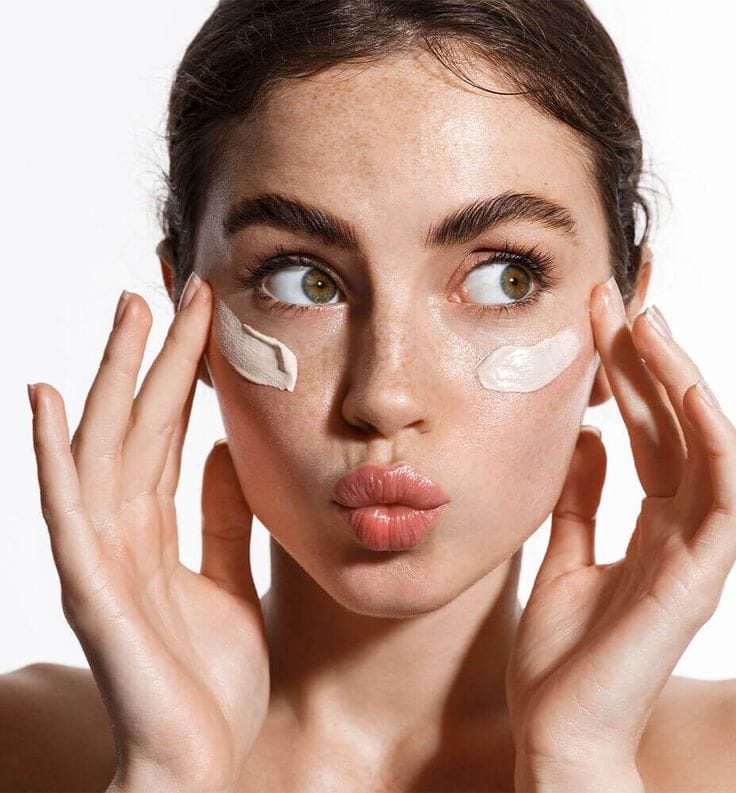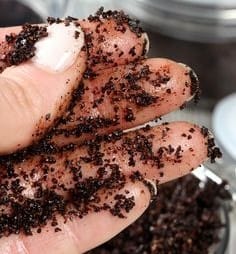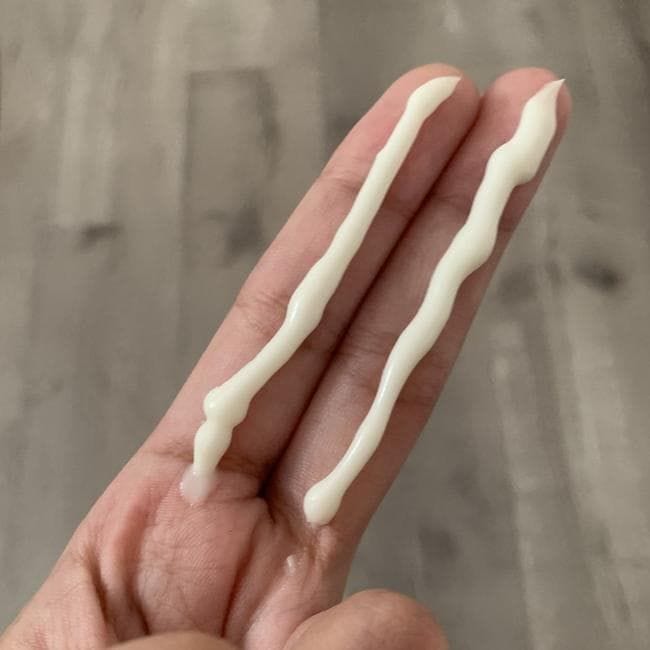Summer brings warmth, travel, and longer days—but it also brings unwanted tanning. For many living in Asian countries or tropical climates, even a short time in the sun can leave the skin visibly tanned and uneven.
This happens because Asian skin typically contains more melanin up to 30-50% more compared to lighter skin tones, which increases quickly under UV rays. The result? A noticeable summer tan that can be tough to fade. Using the right sun protection is crucial, especially if you have oily or combination skin.
If you find your skin turning two shades darker just by stepping outside, this guide has your back. With a few simple steps, you can protect your skin and keep your natural, even glow all season long.
Why Some Skin Tans More Easily
Tanning occurs when your skin is exposed to the sun’s ultraviolet (UV) rays. These rays stimulate melanin production the pigment that colors your skin. The more melanin produced, the darker your skin appears.
Studies show that UV exposure can increase melanin synthesis by up to 5 times in just a few hours, causing quick tanning.
Why Tanning Happens Faster in Asian Skin 
Skin tones common in Asian and tropical regions generally have a higher baseline melanin level. This gives better natural protection from sunburn about SPF 4 to 7 naturally but it also means skin tans faster and more deeply when exposed to sunlight.
Additional factors speeding tanning:
- UVB rays in summer can be 2 to 3 times stronger between 10 AM and 4 PM.
- Not reapplying sunscreen can reduce protection by 50% after just 2 hours.
- Photosensitive products (like retinol) can increase sun damage risk by 30-40%.
And if you live somewhere hot and humid, sweat can also break down sunscreen faster leaving your skin exposed without you realizing it.
Sneaky Summer Habits That Tan Your Skin
You might think you’re doing everything right but still notice tanning. Some habits silently speed up tanning:
Skipping Sunscreen on Cloudy Days:
Up to 80% of UV rays pass through clouds, so your skin is still at risk even when the sun isn’t out.
Not Reapplying Sunscreen:
Sunscreen loses effectiveness after 2-3 hours or after sweating. Reapplication is key to maintaining protection.
Stepping Out During Peak Hours:
UVB rays are strongest midday, increasing tanning risk by up to 50% compared to early morning or late afternoon.
Ignoring Windows While Traveling:
UV rays pass through car or home windows, causing patchy tanning, especially on arms and face.
Not Staying Hydrated:
Dehydrated skin becomes 20% more sensitive to sun damage.
Forgetting Easily-Tanned Spots:
Areas like the ears, neck, and lips tan faster and age more quickly without protection.
Your Anti-Tanning Summer Shield
Eluding tanning is all about smart protection and good habits. Here are the best ways to keep your skin safe and glowing this summer:
Use Broad-Spectrum Sunscreen:
Choose SPF 30+, protecting against UVA and UVB. Apply 20 minutes before sun and reapply every 2-3 hours.
Wear Protective Clothing:
Long sleeves, wide hats, and UV-blocking sunglasses shield skin without overheating.
Seek Shade During Peak Hours:
Staying indoors or under shade between 10 AM and 4 PM cuts UV exposure by up to 70%.
Use Hydrating Moisturizers:
Ingredients like aloe vera and hyaluronic acid help your skin stay resilient and hydrated.
Avoid Photosensitive Products During the Day:
Retinol and AHAs increase sun sensitivity by 30-40%, so use only at night.
Stay Hydrated:
Drink at least 2 liters of water daily; hydrated skin resists tanning better.
Best Products to Protect Your Skin This Summer
Here’s what you need for solid summer skin defense:
Broad-Spectrum Sunscreens:
Look for a broad-spectrum sunscreen with SPF 30 or higher. Go for lightweight, non-greasy formulas that suit your skin type and feel comfortable for daily wear.
After-Sun Lotions:
Aloe vera and chamomile soothe sun-exposed skin, reducing redness and repairing damage.
Lightweight Moisturizers:
Hydrate with hyaluronic acid to maintain the skin barrier and prevent tanning.
Protective Makeup:
SPF-infused makeup adds another layer of defense on the go.
Self-Tanning Lotions:
Get a sun-kissed glow without UV damage. Use twice a week for best results. Use an application mitt for even coverage and avoid sun exposure right after application.
DIY Tan-Removing Body Scrub
Need that radiant summer body glow without the tan? This coffee-based scrub will exfoliate, brighten, and leave your skin baby-soft minus the harshness. 
What You’ll Need:
- 2 tablespoons coffee grounds
- 1 tablespoon coconut oil (or olive oil)
- 1 teaspoon honey
- A squeeze of lemon juice (optional)
- 1 tablespoon yogurt or aloe vera gel (for hydration)
How to Use It:
- Mix everything into a paste that’s thick but spreadable.
- Massage onto damp skin using circular motions for 2–3 minutes.
- Let it sit for 10–15 minutes to work its magic.
- Rinse off with lukewarm water.
- Moisturize right after to lock in hydration.
Why It Works?
Coffee improves blood circulation and fades tanning. Coconut oil nourishes deeply and prevents dryness. Honey soothes and softens skin. Lemon lightens pigmentation, this is optional for sensitive skin. Yogurt or aloe keeps your skin plump and calm.
Use 2 times a week for a gradual, natural tan fade. Your skin = golden glow, no filters needed.
Simple Daily Habits for a Summer Glow Without Tan
Preventing tanning isn’t just about products, it’s about small, daily habits that add up:
Apply sunscreen every day, even if you’re mostly indoors.
Wear hats and sunglasses whenever possible.
Carry a water bottle to stay hydrated on the move.
Avoid tanning beds and excessive sunbathing, as they increase skin cancer and photoaging risks.
Cleanse your skin gently to remove sweat, dirt, and sunscreen residue without irritating your skin.
Exfoliate weekly to remove dead skin cells and help your skin stay bright.
Use a moisturizer after cleansing to keep your skin soft and healthy.
By building these habits, your skin stays protected and glows naturally all summer long.
Myth Busters: Sunscreen & Tanning Prevention Facts 
So many skincare myths float around, especially in our Asian households. Let’s bust them for good:
Myth: Darker skin tones don’t need sunscreen
Truth: Melanin gives some natural protection, but it’s not enough. Ultraviolet protection factor (UPF) from sunscreen is a must for every skin tone to prevent sunburn, sun damage, and even skin cancer.
Myth: Sunscreen stops you from getting vitamin D
Truth: You still get some vitamin D with sunscreen on, and it’s safer than risking UV damage or photo ageing.
Myth: One-time sunscreen application protects all day
Truth: Sunscreen breaks down with sweat, water, and time. For full SPF protection, reapply every 2–3 hours.
Myth: Tanning beds are safer than the sun
Truth: They’re worse. Tanning beds emit UVA and UVB rays, increasing your risk of skin cancer and early aging.
Myth: Natural or organic tanning oils protect skin
Truth: Unless labeled with a broad SPF rating, they do not protect. Some oils may even accelerate the tanning process.
FAQS:
- Can sunscreen prevent tanning?
Yes, sunscreen blocks UV rays that cause tanning, helping protect your skin from darkening.
- Can masks prevent tanning?
Face masks can shield your skin from sun exposure, reducing tanning on covered areas.
- Can socks prevent tanning?
Socks protect your feet from UV rays, preventing tanning on your lower legs and feet.
- How to prevent tanning on Indian skin?
Use broad-spectrum sunscreen daily, wear protective clothing, and avoid peak sun hours.
- How to prevent tanning in summer?
Apply sunscreen regularly, stay in shade during peak hours, and wear hats and sunglasses.
- Will sunblock prevent tanning?
Yes, sunblock with proper SPF blocks UV rays and helps prevent tanning effectively.
- What sunscreen prevents tanning?
Look for broad-spectrum sunscreens with SPF 30 or higher for best tanning protection.
Wrapping Up:
Preventing a summer tan isn’t about staying indoors all the time. It’s about knowing how your skin reacts to the sun, using proper sun protection, and avoiding small habits that lead to tanning. For Asian skin, which tends to tan more easily because of higher melanin levels, daily care becomes even more important.
Whether you want to enjoy a soft summer glow safely or keep your natural skin tone, this guide will help you protect your skin all season long.
Want more glow-smart skincare tips? Explore our full Glow Care guide.

No responses yet